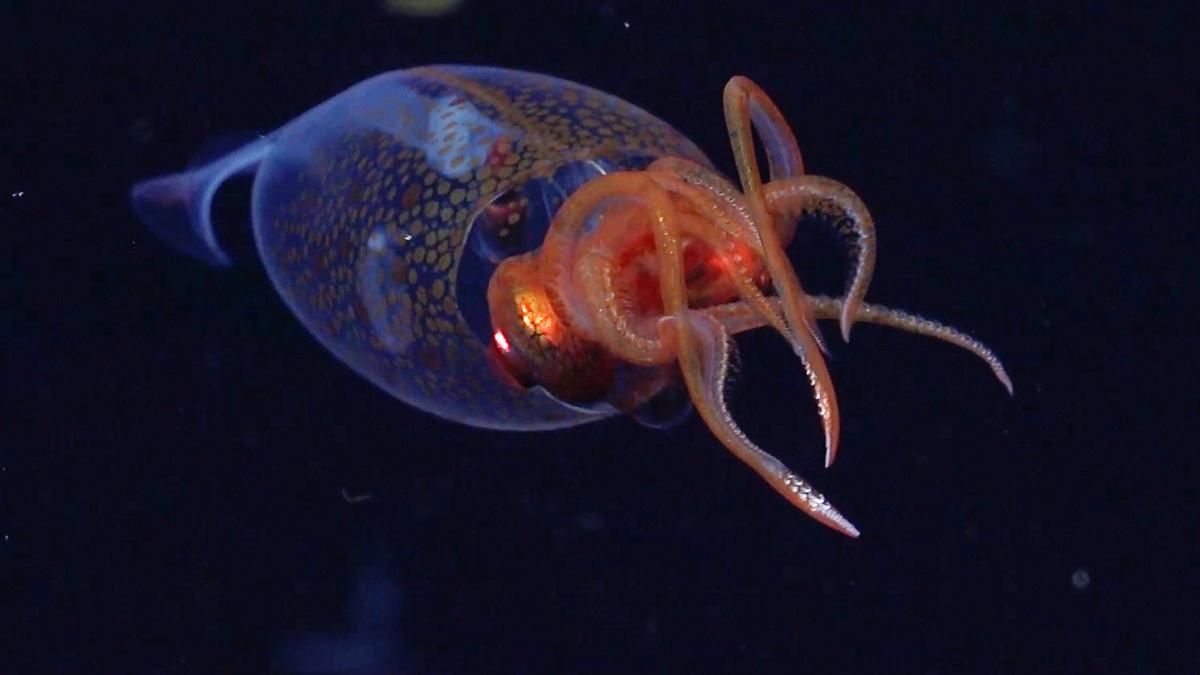Chhareda Panchayat Water Conservation Model

- 19 Mar 2025
In News:
Rajasthan’s Chhareda Panchayat in Dausa district has emerged as a leading example of effective water conservation, driven by a community-driven initiative that has significantly transformed agricultural practices and farmer livelihoods. The project, led by Vipra Goyal, an alumnus of IIT-Kharagpur, has revolutionized water usage in the region through the construction of 250 farm ponds.
Key Aspects:
- Objective:The model aims to address water scarcity and groundwater depletion through rainwater harvesting and the construction of farm ponds, reducing dependence on overexploited groundwater sources.
How Farm Ponds are Contributing to Water Conservation in Rajasthan
- Rainwater Harvesting:Farm ponds serve as storage systems for rainwater, minimizing reliance on deep, contaminated groundwater sources. This helps prevent the further depletion of underground water reserves.
- Year-Round Water Availability:The ponds provide consistent water supply for both kharif and rabi crops, ensuring that farmers can grow crops throughout the year without facing water shortages.
- Groundwater Conservation:By reducing the need to extract groundwater, this initiative has helped conserve approximately 30 crore litres of water annually, easing the pressure on local aquifers.
- Boosting Agricultural Productivity and Income:With reliable water sources, farmers have shifted from subsistence farming to growing cash crops, which has resulted in a collective increase of about ?5 crore in household incomes.
- Reduced Water Pollution:The initiative avoids the use of groundwater contaminated with harmful substances like arsenic and fluoride, which are prevalent in many areas of Rajasthan.
- Sustainability and Climate Resilience:The farm ponds offer a climate-resilient solution, ensuring that agriculture in water-scarce regions is sustainable even in the face of erratic rainfall patterns.
- Cost-Free Construction:The construction of the ponds has been facilitated through CSR funds and government schemes, making the project cost-free for farmers.
Huajiang Grand Canyon Bridge
- 19 Mar 2025
In News:
China is set to unveil the Huajiang Grand Canyon Bridge, a record-breaking steel truss suspension bridge that will become the world’s highest bridge. The bridge, located in Zhenfeng County, Guizhou Province, is part of the Shantou–Kunming Expressway, connecting the coastal city of Shantou with Kunming, the capital of Yunnan Province.
Key Facts about the Bridge:
- Height: The bridge will stand 625 meters (2,051 feet) above the Beipan River, 200 meters taller than the Eiffel Tower (at 330 meters).
- Length: Spanning 2,890 meters (9,482 feet) in total.
- Construction Period: Started on January 18, 2022, and took 3.5 years to complete.
- Cost: Estimated at £216 million (?2,200 crore).
- Travel Time Reduction: It will reduce the travel time across the canyon from 60 minutes to just 2 minutes.
Design and Engineering:
- Steel Framework: The steel trusses of the bridge weigh approximately 22,000 tons, about three times the weight of the Eiffel Tower.
- Engineering Feat: The bridge is a significant engineering achievement, showcasing China’s capabilities in bridge construction. The structure’s design and dramatic location are expected to attract tourists, bolstering the region’s economy.
Strategic and Economic Impact:
- The bridge is a major transportation infrastructure project aimed at improving connectivity in the remote Guizhou Province, a mountainous region that already hosts many of the world’s tallest bridges.
- Tourism and Regional Growth: Besides serving as a crucial transportation link, the bridge is expected to boost tourism and contribute to economic development in the region.
China’s Engineering Milestones:
- The Huajiang Grand Canyon Bridge surpasses the Millau Viaduct in France (343 meters), which previously held the record for the tallest bridge.
- China has been a leader in the construction of the world’s tallest bridges, further solidified by this record-breaking structure.
International Big Cat Alliance (IBCA)
- 19 Mar 2025
In News:
The International Big Cat Alliance (IBCA), a treaty-based intergovernmental organisation dedicated to the conservation of seven major big cat species, has officially signed an agreement with the Government of India, establishing India as the permanent host of its headquarters and secretariat.
Background and Launch
- Launched: April 2023 by Prime Minister Narendra Modi during the 50th anniversary celebrations of Project Tiger.
- Objective: To facilitate global cooperation for the conservation of seven big cats:Tiger, Lion, Leopard, Snow Leopard, Cheetah, Puma, andJaguar.
- The IBCA is implemented through the National Tiger Conservation Authority (NTCA) under the Ministry of Environment, Forest and Climate Change (MoEFCC).
International Status and Membership
- The IBCA became a treaty-based intergovernmental alliance after five countries ratified the framework agreement:India, Liberia, Eswatini, Somalia, andNicaragua.
- India formally joined the IBCA in September 2023.
- The alliance is open to all UN Member States, including:
- Range countries (where big cats are native), and
- Non-range countries that wish to support conservation efforts globally.
Headquarters and Agreement
- On March 28, 2024, the Union Cabinet approved the establishment of the IBCA headquarters in India.
- An agreement was signed in May 2024 between the IBCA and the Indian government, outlining:
- Privileges and immunities for IBCA personnel,
- Visa facilitation, and
- Operational and legal provisions for the headquarters.
Funding and Support
- India has committed a total of ?150 crore (2023–2028) for:
- Creating a corpus fund,
- Building infrastructure, and
- Meeting recurring expenditures over five years.
NASA’s Curiosity Rover
- 19 Mar 2025
In News:
NASA's Curiosity Rover has made a significant breakthrough by detecting carbon-bearing minerals on Mars, offering the first direct evidence of a potential carbon cycle on the planet. This finding adds a crucial piece to the puzzle of Mars' climatic and geological history.
Curiosity Rover: Mission Overview
- Launch Date: 26 November 2011
- Landing Date: 5 August 2012 (via sky crane system)
- Mission: Part of NASA’s Mars Science Laboratory (MSL) initiative
- Power Source:Radioisotope Thermoelectric Generator (RTG) using plutonium-238, unlike solar-powered predecessors
- Size and Capabilities: Approximately 3 meters long and 900 kg in weight, equipped with an onboard chemical laboratory for rock analysis
Scientific Objectives
- Investigate whether Mars ever supported microbial life
- Analyze the planet’s climatic history
- Study Martian geology, especially sedimentary layers
- Contribute data for future human missions to Mars
Key Scientific Discovery
- The finding occurred while Curiosity was exploring an ancient lakebed region in Gale Crater, over an 89-meter-long stretch.
- It drilled into sulfate-rich rocks and discovered siderite (a carbonate mineral composed of iron, carbon, and oxygen), marking the first detection of this mineral on Mars.
- Rocks containing 5–10% siderite by weight imply that substantial amounts of ancient atmospheric CO? may have been locked within the Martian crust, rather than being lost to space.
- The presence of iron oxyhydroxides in the same rocks suggests that acidic water interactions could have dissolved siderite, potentially releasing carbon dioxide back into the atmosphere—indicating a slow and limited carbon cycle on Mars.
Colossal Squid

- 19 Mar 2025
In News:
In a landmark moment for marine biology, scientists have captured the first-ever footage of a colossal squid in its natural deep-sea habitat. The sighting was made by an international research team using a remotely operated submersible in the South Atlantic Ocean, near the South Sandwich Islands, and was announced by the Schmidt Ocean Institute in April 2025.
About the Colossal Squid
- Scientific Name:Mesonychoteuthishamiltoni
- Distribution: Found in the cold, deep waters of the Southern Ocean near Antarctica
- IUCN Status:Least Concern
The colossal squid is among the largest and most elusive invertebrates on Earth. The filmed specimen was a juvenile about 30 cm (1 foot) long, observed at a depth of 600 meters. However, fully grown adults can reach up to 7 meters (23 feet) in length and weigh around 500 kg.
Key Features
- Body: Tube-shaped and soft-bodied, similar to octopuses but far more massive
- Arms & Tentacles: Equipped with suckers and sharp, swivelling hooks — a feature unique to the species
- Eyes: Possess the largest eyes known in the animal kingdom, aiding visibility in the pitch-dark ocean depths
- Coloration:
- Juveniles are nearly transparent, giving them a glassy, ghost-like appearance
- Adults become opaque, with dark red or purple hues and muscular limbs
Scientific Importance & Recent Discovery
- This deep-sea sighting comes almost a century after the species was first identified, and confirms long-standing hypotheses based on carcasses found in the stomachs of whales and seabirds.
- The team is now testing improved camera systems to attempt capturing footage of an adult colossal squid in action.
